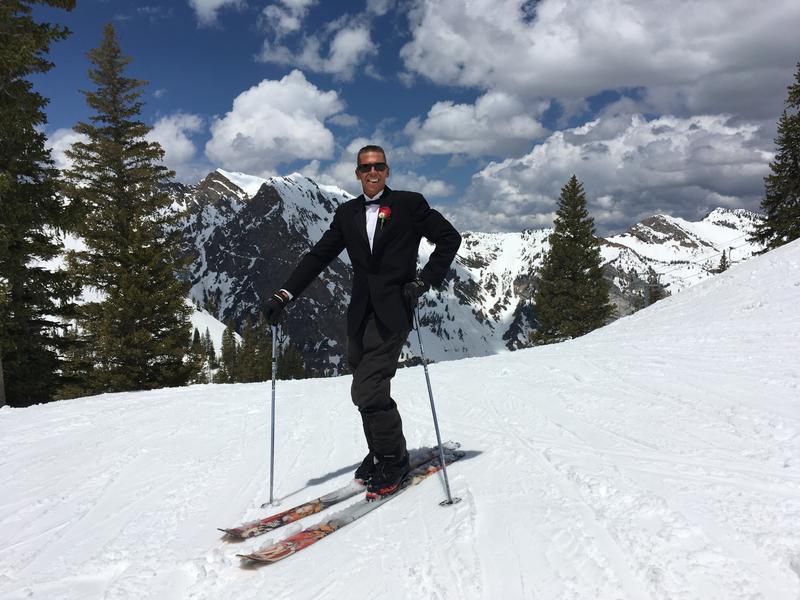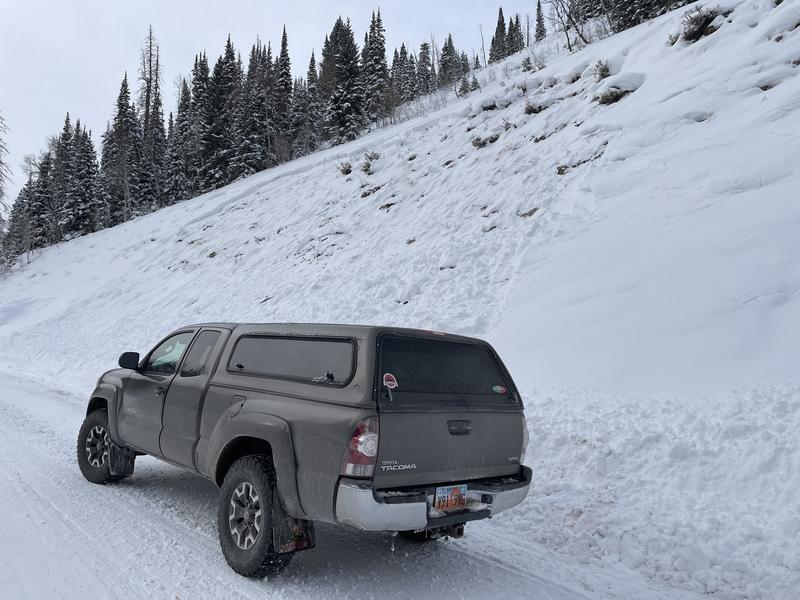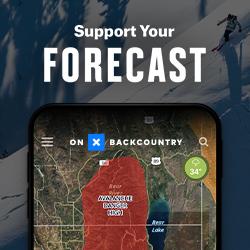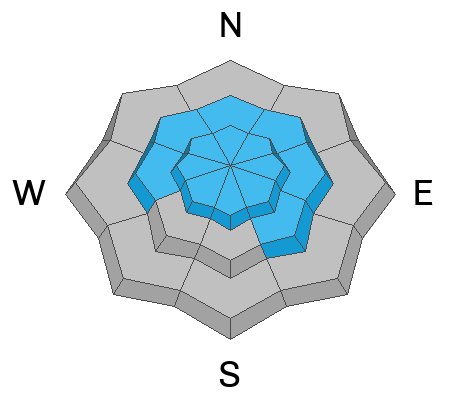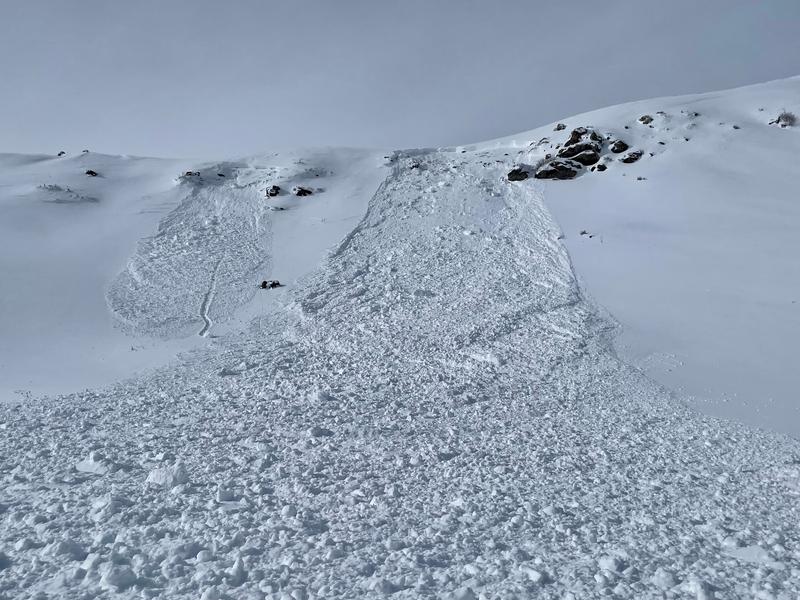Forecast for the Uintas Area Mountains

Issued by Craig Gordon on
Tuesday morning, December 6, 2022
Tuesday morning, December 6, 2022
The snowpack teeters at a dangerous crossroads and avalanche danger remains tricky-
CONSIDERABLE avalanche danger is found on steep, mid and upper elevation slopes, especially those facing the north half of the compass, and particularly terrain with an easterly component to its orientation. Human triggered avalanches breaking to weak, sugary, midpack snow are LIKELY. Lower elevation shady slopes with similar layering offer MODERATE avalanche danger and human triggered avalanches are POSSIBLE
LOW avalanche danger is found on low and mid elevation south facing slopes and human triggered avalanches are UNLIKELY.
Here's my exit strategy to avoid avalanche danger and uncertainty- I've been finding excellent riding conditions and fun meadow skipping on mellow, low angle south facing slopes and big open meadows with no overhead hazard... (meaning, no steep slopes above or adjacent to where I'm traveling). Remember, don't get too throttle happy because it's still low tide and there's plenty of reef barely hidden underneath our recent storm snow. With a significant danger of hitting rocks, stumps, and other obstacles, you'll wanna tone it down today and don't let a buried treasure ruin your season.
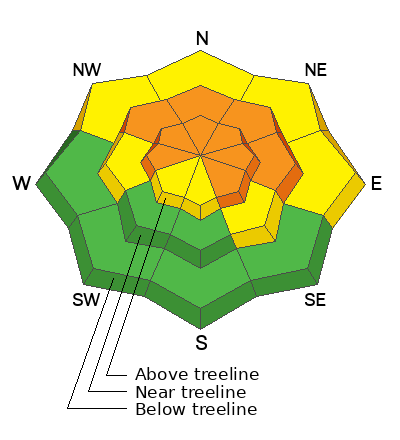
Low
Moderate
Considerable
High
Extreme
Learn how to read the forecast here



